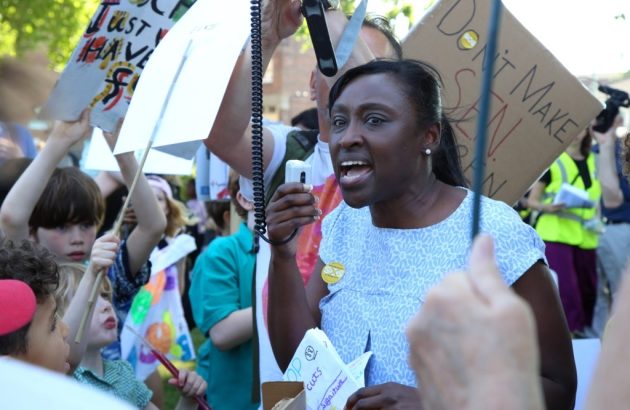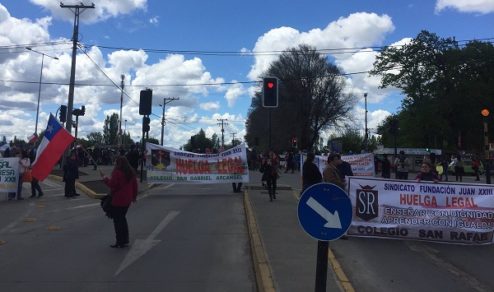Reino Unido/Octubre de 2017/Fuente: Hackney Gazette
Resumen:
Se avecina una crisis educativa oculta en Hackney a menos que Justine Greening cambie su postura sobre el financiamiento de necesidades educativas especiales.
El congelamiento de fondos SEN del gobierno significa que los consejos de toda la capital se ven obligados a tapar un déficit de £ 100 millones, con un déficit previsto de £ 6 millones esperado en Hackney.
Cllr Anntoinette Bramble, quien fue coordinadora de SEN en Islington hace tres años, dice que el financiamiento para altas necesidades se ha congelado efectivamente desde 2011/12, a pesar de un gran aumento en la población estudiantil.
Un problema más acuciante para el distrito es que el número de niños que el consejo apoya aumentó en un 34% desde las reformas en 2014, que cambiaron el rango de edad de los elegibles para el financiamiento a cualquier persona de 25 años o menos, habiéndose reservado previamente para de cinco a 19 años.
Cllr Bramble, quien planteó sus preocupaciones en una carta a la secretaria de educación Justine Greening la semana pasada, dice que el consejo tendrá que reducir la cantidad de fondos de alta necesidad que se les da a las escuelas para un apoyo adicional para los alumnos de Hackney en un 5 por ciento.
The government’s SEN funding freeze means councils across the capital are being forced to plug a gap of £100million, with a forecast shortfall of £6m expected in Hackney.
Cllr Anntoinette Bramble, who was an SEN co-ordinator in Islington three years ago, says that high needs funding has effectively been frozen since 2011/12, despite a major increase in the pupil population.
A more pressing issue for the borough is that the number of children the council supports has increased by 34 per cent since reforms in 2014, which saw the age range of those eligible for funding changing to anyone aged 25 and under, having previously been reserved for five to 19 years.
Cllr Bramble, who raised her concerns in a letter to education secretary Justine Greening last week, says the council will have to reduce the amount of high-needs funding given to schools for extra support for pupils in Hackney by 5 per cent.
“The funding of SEN is a hidden crisis in our education system and is threatening the quality of education and support we can offer to our most vulnerable young people,” she said.
“Reducing funding is absolutely the last thing we want to do, and it’s been a hard decision to make. As a former SEN teacher, I know the importance of adequate funding, but there simply is no other option left to us.
“It is absolutely crucial that the government changes the way this vital funding is calculated and distributed, and take into account the growing demand.”
Next year education funding is expected to rise by 0.5pc, but the council says this is “nowhere near enough to fill the shortfall”.
Research carried out by London Councils found that, in 2016/17, 26 out of 31 London boroughs reported a combined funding shortfall of £100m.
To meet this shortfall, councils are using money from other education funding pots, and are drawing on reserves.
Cllr Bramble, who was a vocal participant in protest marches in the borough against education cuts earlier this year, said: “The National Funding Formula rightly sparked a national debate, but this funding freeze means councils are running out of choices.”
Fuente: http://www.hackneygazette.co.uk/news/education/hidden-education-crisis-looming-in-hackney-unless-justine-greening-changes-stance-on-special-educational-needs-funding-1-5241457















 Users Today : 7
Users Today : 7 Total Users : 35460270
Total Users : 35460270 Views Today : 8
Views Today : 8 Total views : 3418976
Total views : 3418976